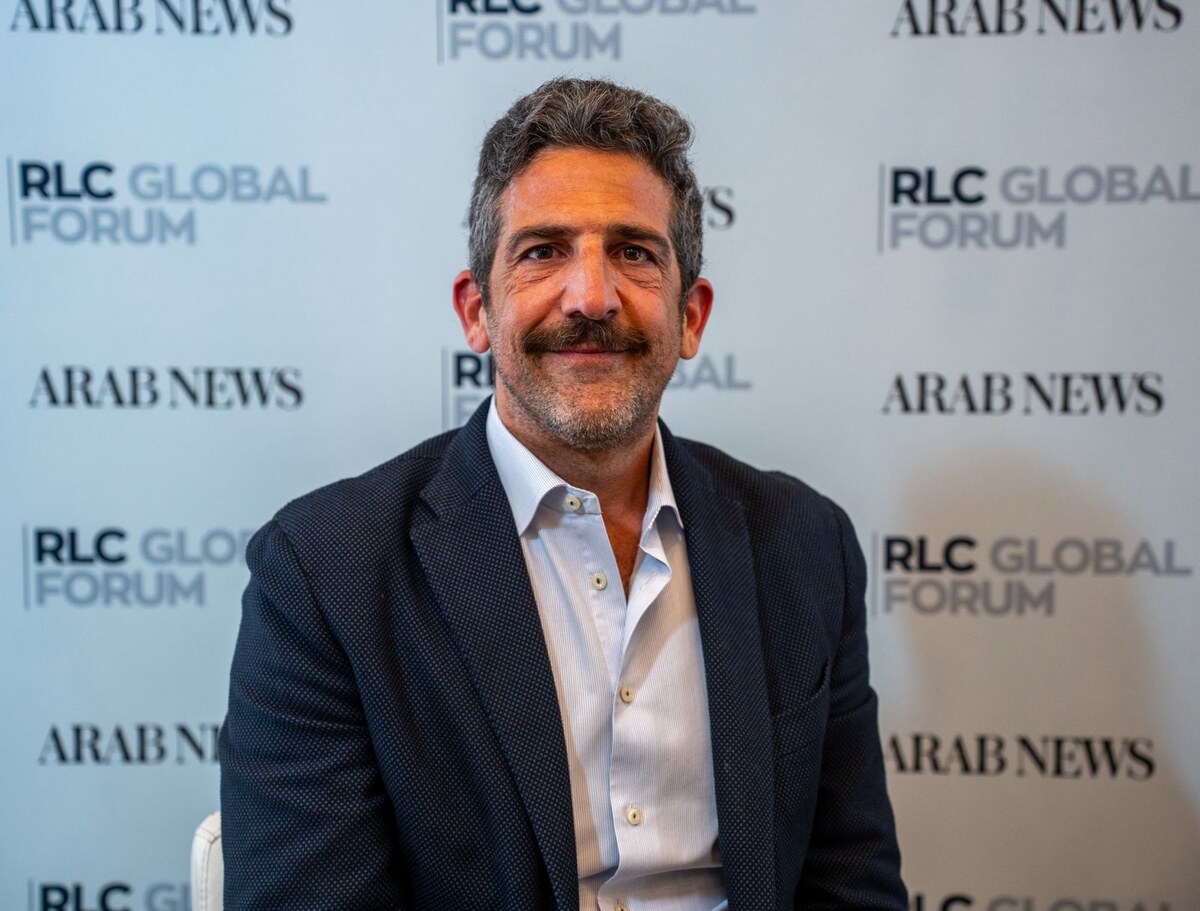RIYADH: Saudi Arabia’s retail sector is undergoing a significant transformation, driven by a digitally savvy young population, increasing consumer confidence, and shifting spending habits, according to a senior executive.
In an interview with Arab News at Retail Leaders Circle in Riyadh, Abdellah Iftahy, senior partner at McKinsey and Co., said that 75 percent of retail spending will come from Saudi youth by 2035.
“The consumer of tomorrow is not the one that we see today, and that will actually quite dramatically shape and shake the retail industry,” Iftahy said.
He continued: “Brands not relevant to today’s youth may struggle to compete. A key consumer trend is the rising importance of value for money, driven by a growing middle class in Saudi Arabia. This will shape the retail industry with a focus on mass-market, value-for-money offerings.”
Iftahy noted that Saudi Arabia’s e-commerce market is expected to grow significantly, with one in four retail transactions happening online by 2035.
This growth will be driven by increasing digital adoption, rising disposable income, and evolving consumer preferences within the Kingdom.
“Consumers are digitally savvy, and the young population actually transacts much more, both in terms of brand discovery but also in terms of clothing, if you will, to purchase online. E-commerce will continue to become a fast-growing channel going forward,” Iftahy said.
He mentioned that food service would be another growing channel, with significant investments expected in entertainment, hotels, hospitality, and restaurants. This, he added, would ultimately boost the food service sector for distributors supplying these outlets.
Echoing these sentiments, Karl Nader, partner and managing director at AlixPartners, pointed out that while consumer sentiment in the US and Europe is expected to decline in 2025, the Kingdom remains an exception.
“This is coming from a few areas. We’re increasing spend in grocery. But actually, within grocery, we expect Saudi consumers, what the data is telling us, is that there is a shift toward more value-added products, value-driven products, more discounters, private labels, and so on,” Nader said.
As a result, consumers are adjusting their financial habits to rebalance their budgets.

Karl Nader, partner and managing director at AlixPartners. AN photo by Loai El-Kellawy
Nader also stated that the increase in Saudi consumer spending on dining out and entertainment reflects strong consumer confidence, or short-term factors like post-pandemic recovery and government stimulus.
One reason for this increased spending is the greater availability of entertainment options, driven by government and Public Investment Fund-backed projects that are expanding the sector.
Luxury and e-commerce
While budget-conscious spending is increasing, the luxury retail sector is also set for expansion, with international brands looking to establish a stronger presence in Saudi Arabia.
“Fundamentally, retail is about demand, and if demand grows with population and expats coming, we see all of the subsectors benefiting from that,” Iftahy said.
He added: “I think some of the subsectors that may grow faster would be luxury, because what we see today is there is a lot of spend from Saudis outside of Saudi. So, if supply comes in, we expect this to grow at a higher rate than the rest of the industry.”
Iftahy went on to say that everything related to entertainment and hospitality is growing because people have been spending more time outside of their homes, and that trend is expected to continue.
The evolution of Saudi Arabia’s retail industry is also changing the role of traditional retail spaces.
Challenges vs. opportunities
Despite the opportunities, retailers in Saudi Arabia face key challenges, including rising operational costs, workforce productivity gaps, and the need for digital transformation.
“The productivity levels in Saudi retail are lower than global standards,” Iftahy noted. “Retailers must improve efficiency, leverage consumer data, and explore adjacent market opportunities.”
Additionally, the changing role of women in the workforce is influencing consumer behavior. “With more Saudi women working and managing careers, retailers need to rethink their engagement strategies,” Nader said.
Sustainability and ethical consumerism are also gaining traction among younger Saudi shoppers. “Brands that demonstrate a commitment to sustainability — through eco-friendly packaging, ethical sourcing, and corporate responsibility — will have an edge in building long-term customer loyalty,” Iftahy added.
Retail growth
Despite economic uncertainties in global markets, both Nader and Iftahy agree that Saudi Arabia’s retail sector is poised for continued growth.
“I think the Saudi market across the different sectors is still growing, and there are a lot of opportunities for growth that can be captured by local or international players,” said Iftahy.
“I would say the international players that have a value proposition and products that are differentiated and bring additional value to consumers have higher chances of winning.”
He highlighted that Saudi Arabia offered growth opportunities across consumer and retail segments, with the greatest potential for international brands offering unique products or value propositions.
As Vision 2030 continues to drive economic transformation, experts believe that businesses that embrace e-commerce, data-driven strategies, and experiential retail will thrive, while those that fail to adapt will struggle in an increasingly competitive market.






















